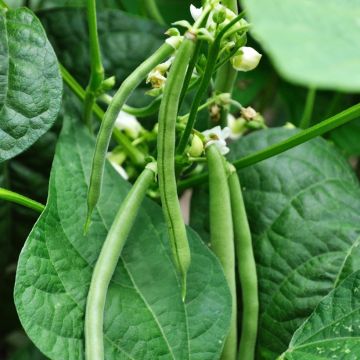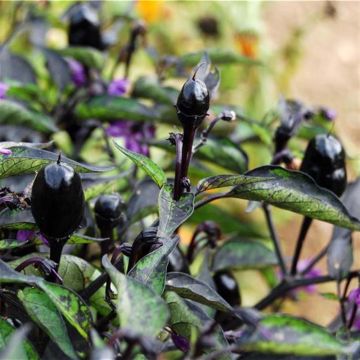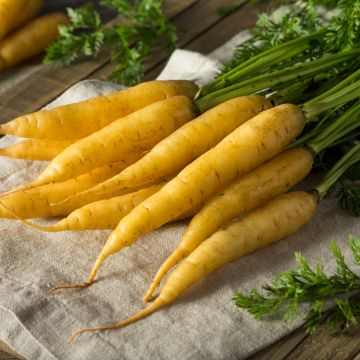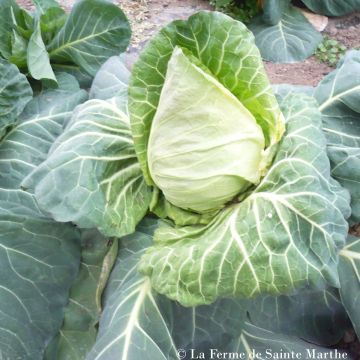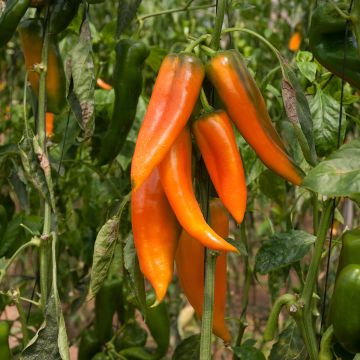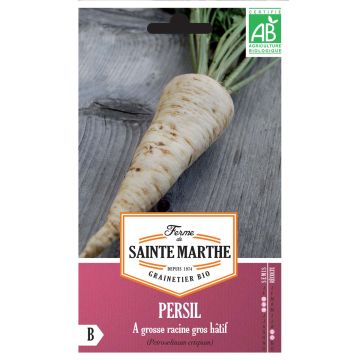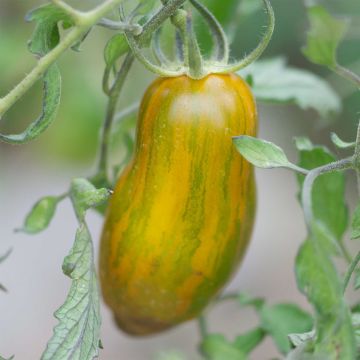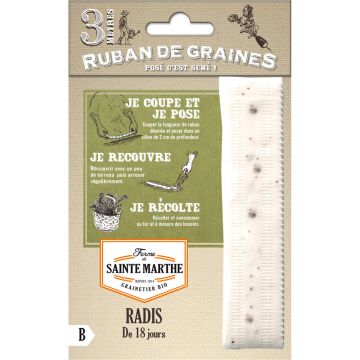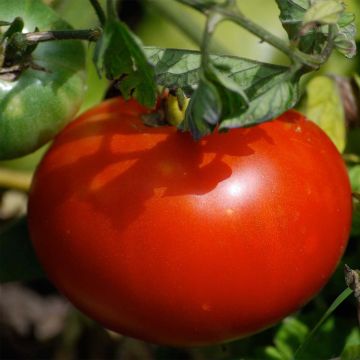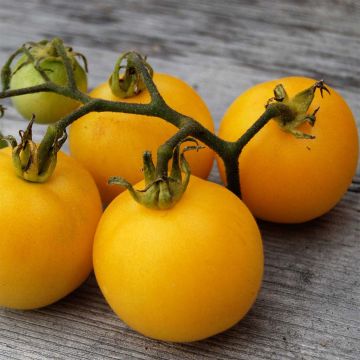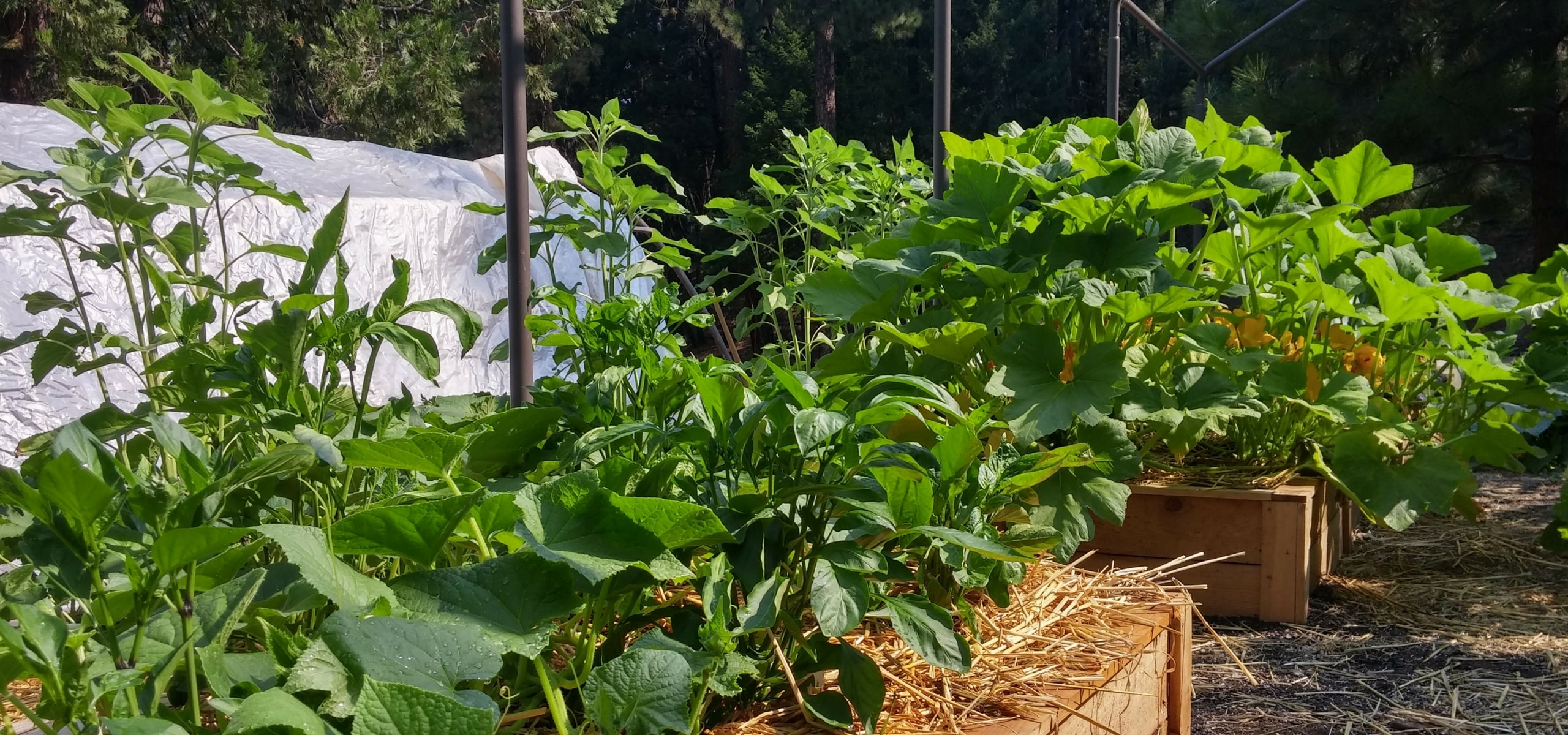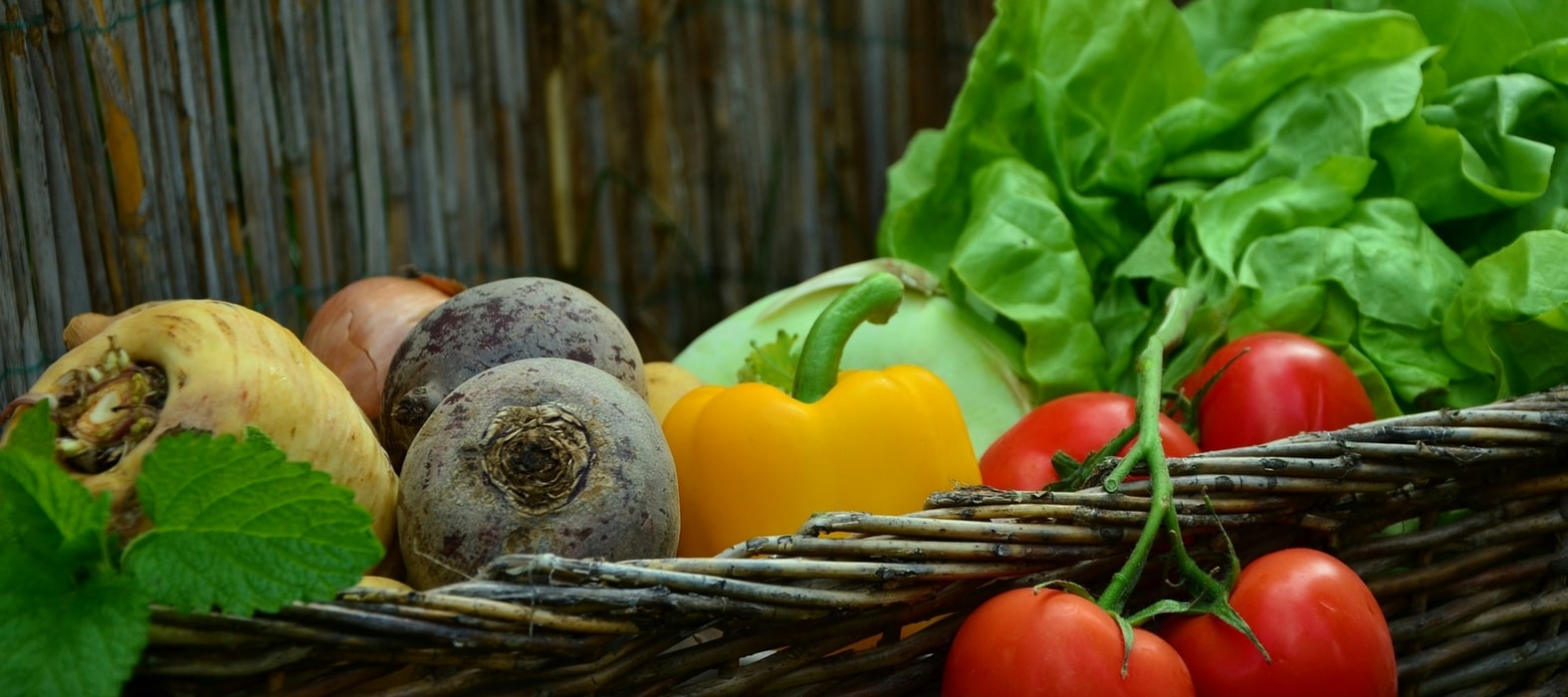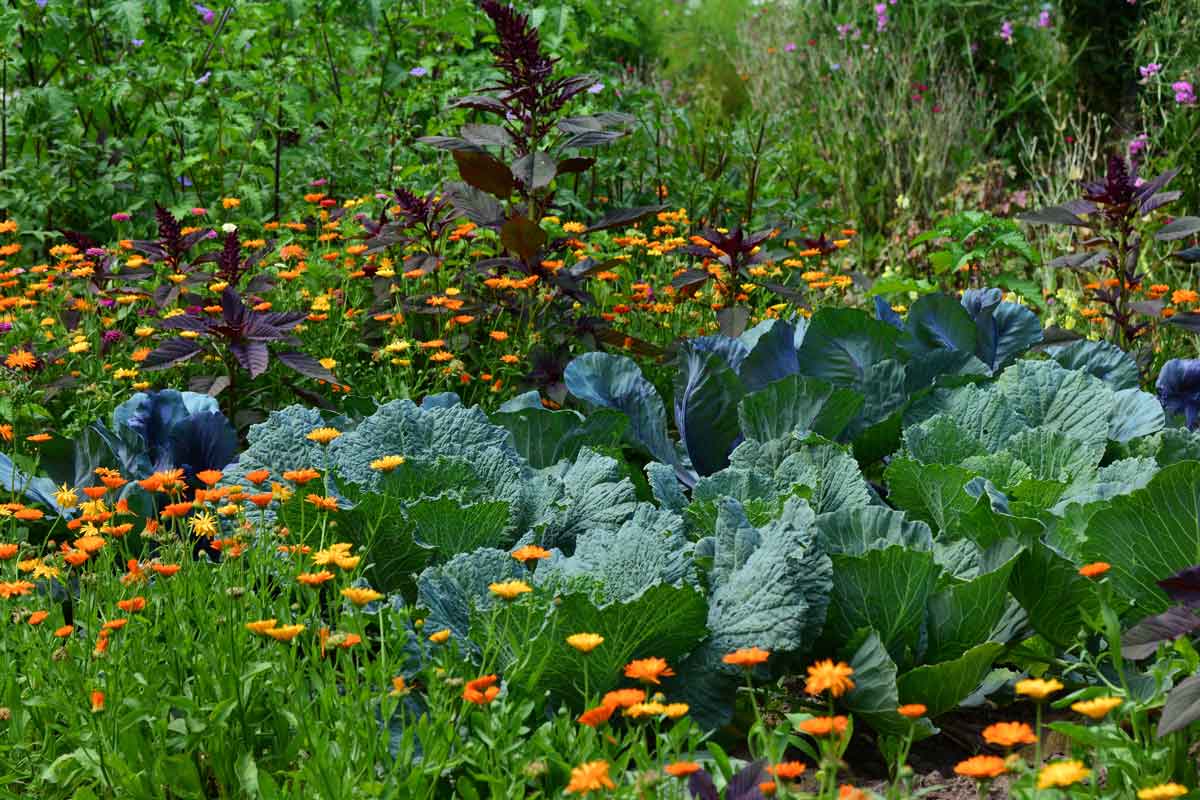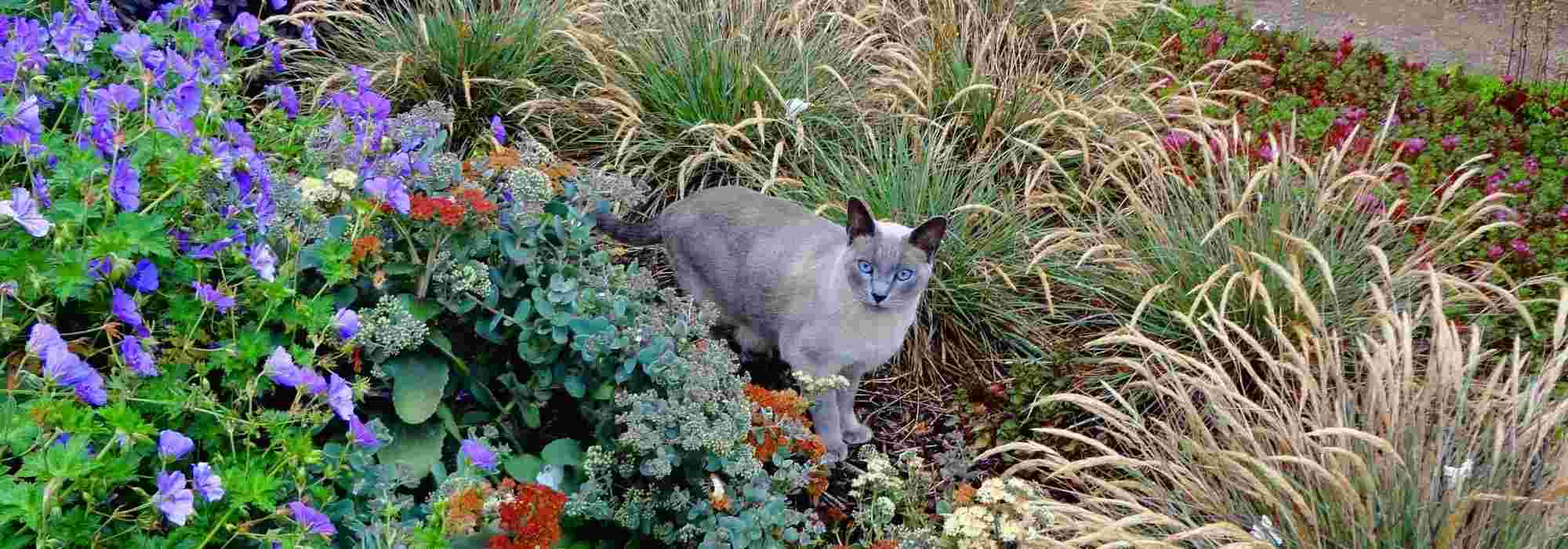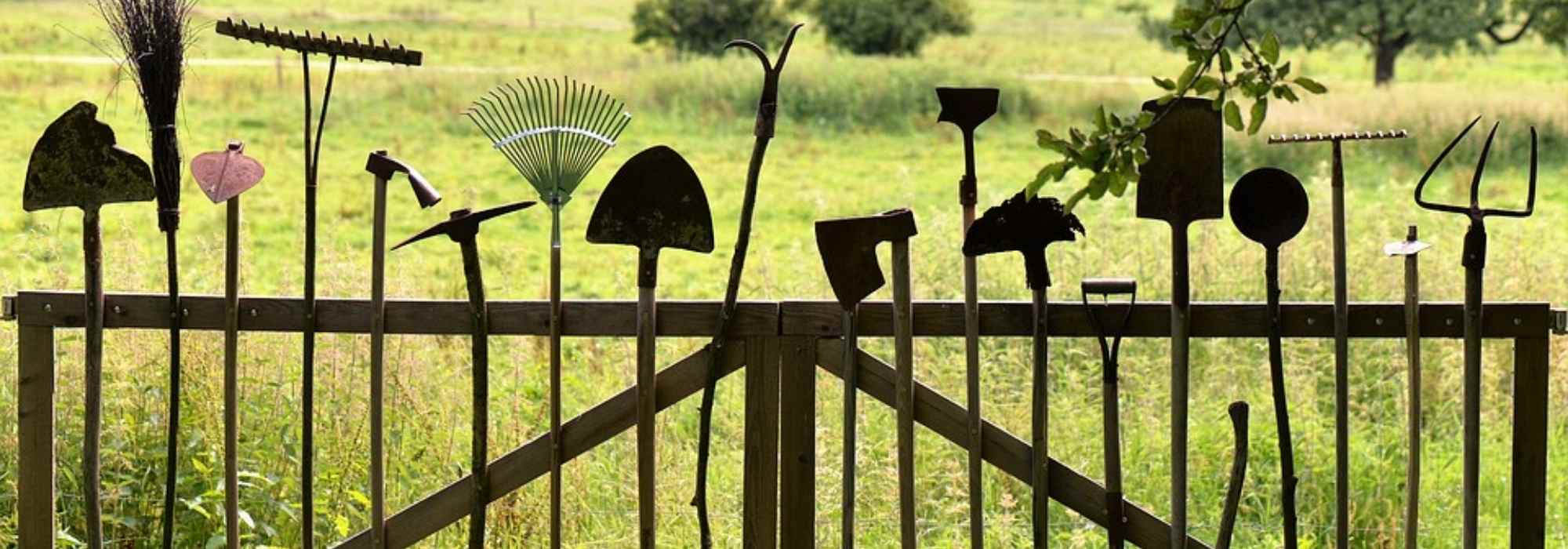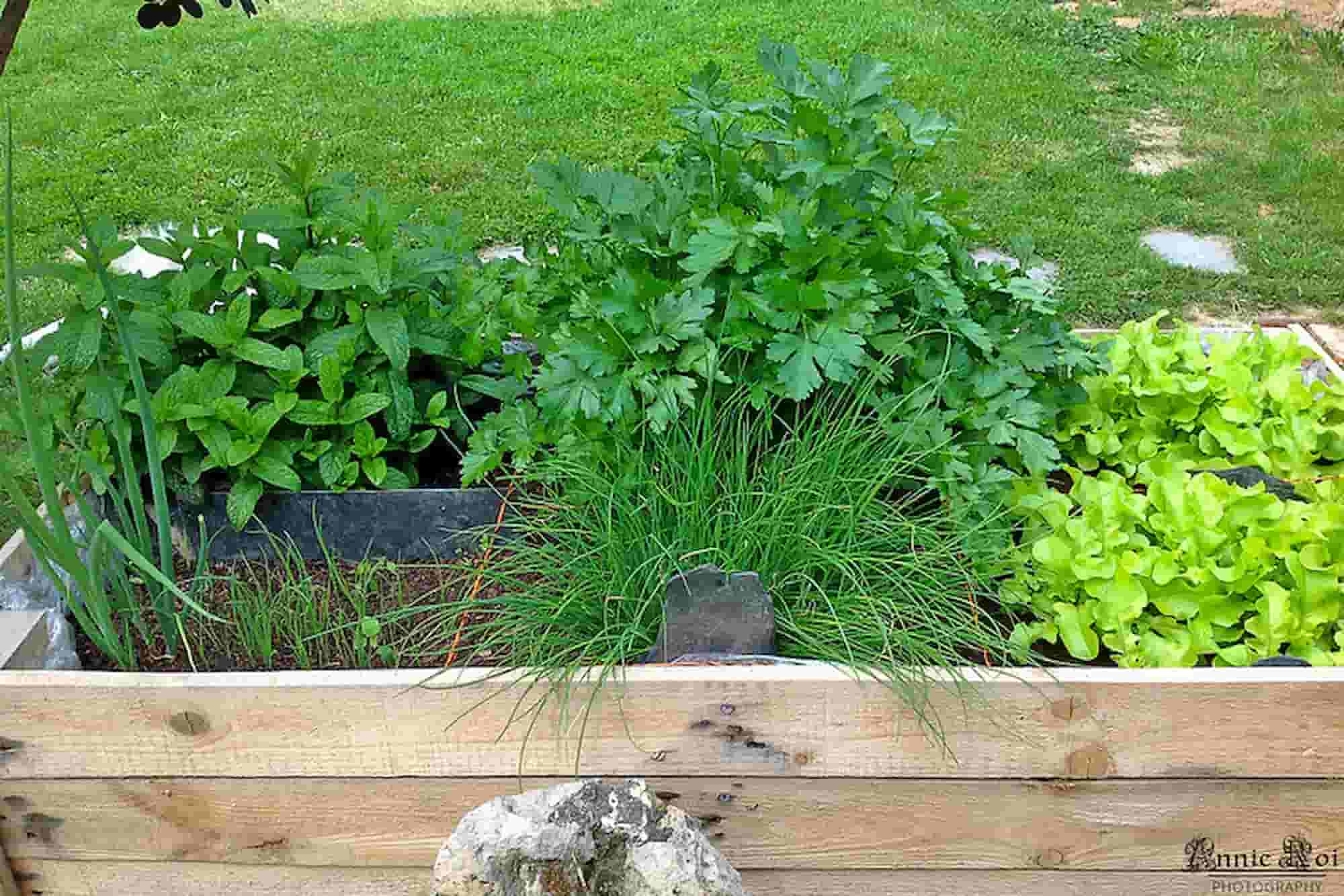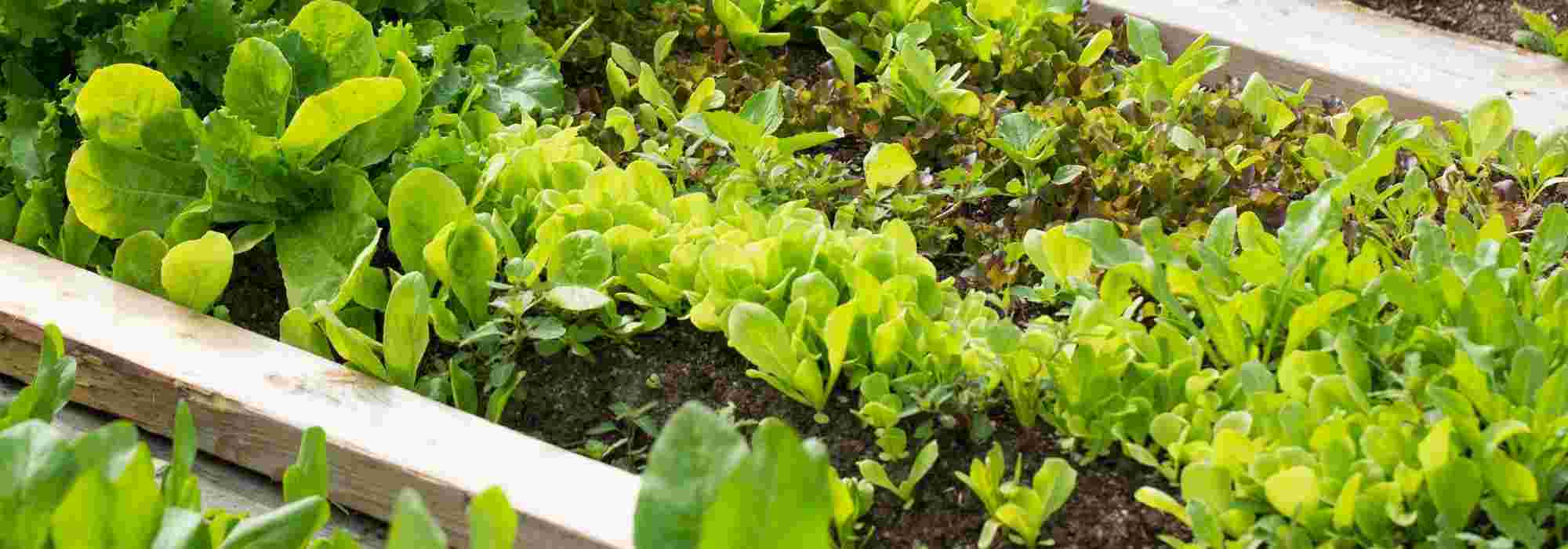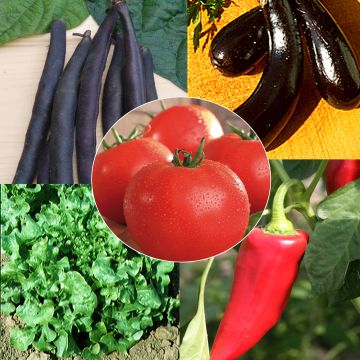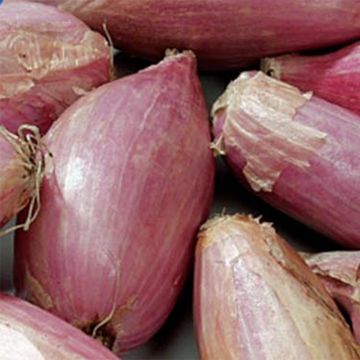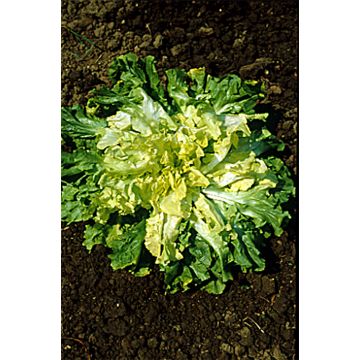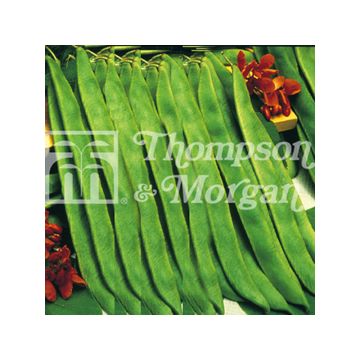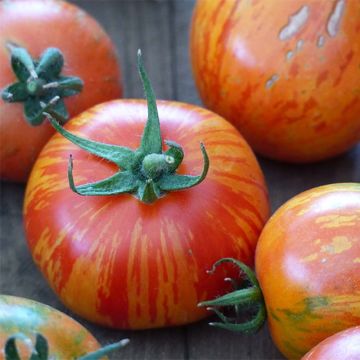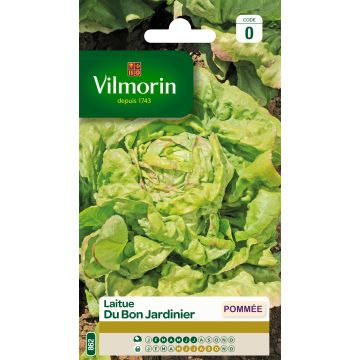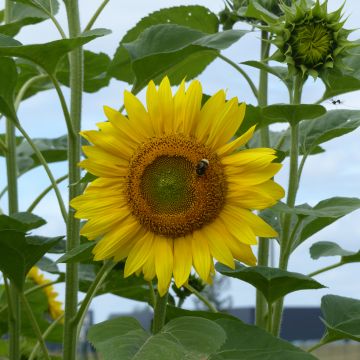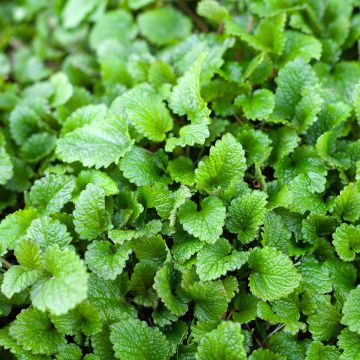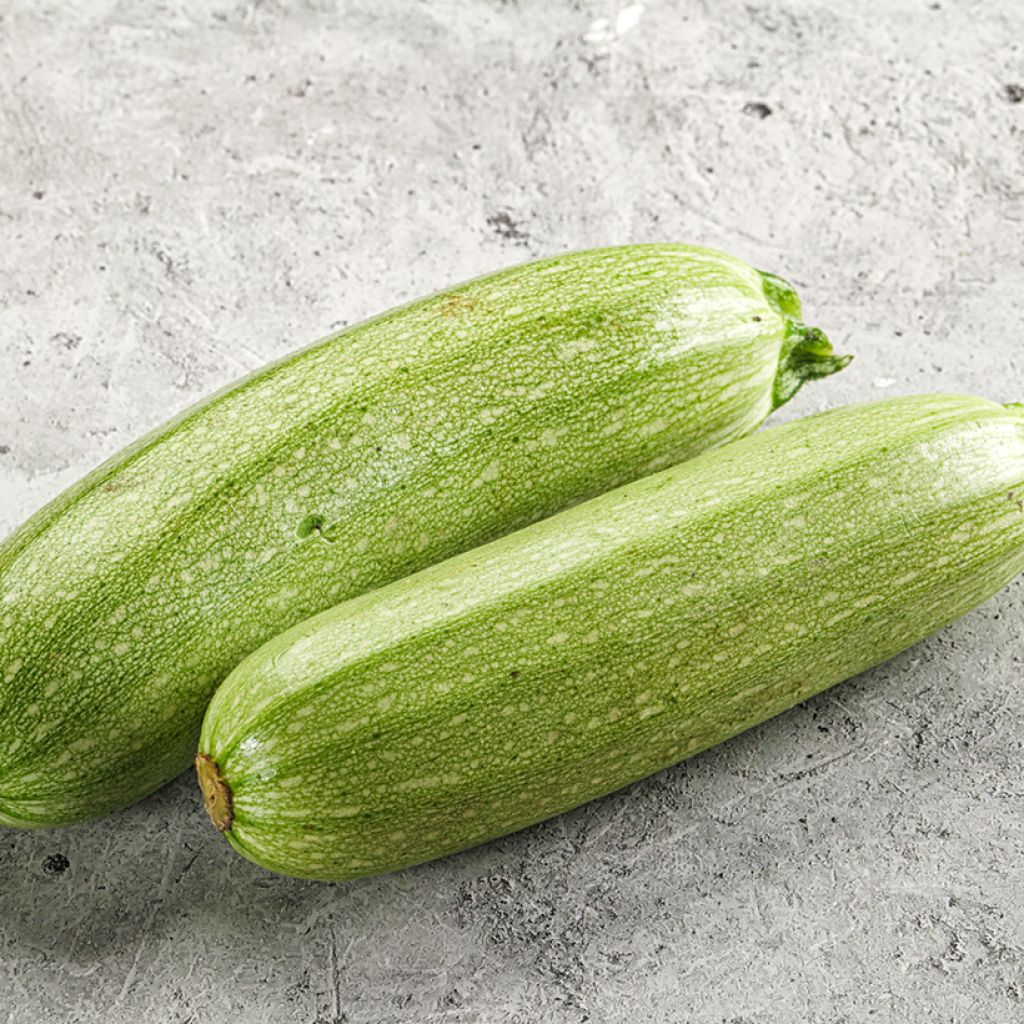

Courgette Genovese organic seeds
Courgette Genovese organic seeds
Cucurbita pepo Genovese
Zucchini, Summer Squash
Special offer!
Receive a €20 voucher for any order over €90 (excluding delivery costs, credit notes, and plastic-free options)!
1- Add your favorite plants to your cart.
2- Once you have reached €90, confirm your order (you can even choose the delivery date!).
3- As soon as your order is shipped, you will receive an email containing your voucher code, valid for 3 months (90 days).
Your voucher is unique and can only be used once, for any order with a minimum value of €20, excluding delivery costs.
Can be combined with other current offers, non-divisible and non-refundable.
Home or relay delivery (depending on size and destination)
Schedule delivery date,
and select date in basket
This plant carries a 6 months recovery warranty
More information
We guarantee the quality of our plants for a full growing cycle, and will replace at our expense any plant that fails to recover under normal climatic and planting conditions.
Description
The 'Genovese' courgette, offered here as AB-certified seeds, is an Italian variety originating from Genoa, in Liguria. It is a non-running variety, with a bushy habit, producing elongated fruits of light green marbled with grey, with smooth skin, enclosing white and firm flesh, with a delicate flavour. This variety is valued for its earliness and productivity. Versatile in the kitchen, it can be enjoyed raw in salads, cooked in ratatouille, grilled, stuffed, or gratinated. Sow from April to June, for a harvest from May to September.
Courgettes, or summer squashes, are harvested young, before maturity and consumed with their seeds. Originating from America, they belong to the cucurbit family and were introduced to Europe in the 16th century. Most varieties are running and cling to supports thanks to their tendrils. Male and female flowers are distinguished by the presence of an inferior ovary under the female flower, forming an incipient fruit. Male flowers, often picked after pollination, are delicious stuffed or prepared in fritters.
In cooking, courgettes offer numerous possibilities: sautéed, fried, gratinated, in soup, or stuffed. Courgettes are particularly present in Mediterranean dishes such as ratatouille, caponata, or couscous.
Harvest: courgettes are picked immature, with their stalk. For good conservation, fruits must be handled carefully to avoid cuts or impacts.
Storage: courgettes are quite fragile and better preserved once cut and frozen.
Cultivation tips: to protect fruits from soil moisture, if necessary, place a tile or slate under the courgettes. These plants appreciate slightly moist soils, making mulching useful during summer. To limit powdery mildew risks, avoid watering the foliage and flowers. Associate squashes with onions or chives, or with legumes like beans or peas, to promote good growth. However, it is advisable not to plant them near cucumbers, as this could harm both crops.
Harvest
Plant habit
Foliage
Botanical data
Cucurbita
pepo
Genovese
Cucurbitaceae
Zucchini, Summer Squash
Mediterranean
Annual
Other Sainte Marthe farm
View all →Planting and care
Sowing Description: Sowing Genovese courgette seeds is very rewarding both for the speed of seedling emergence and for ease of cultivation. They require well-drained soil rich in organic matter. For beautiful fruits, they also need plenty of sunshine and plenty of water.
Early Cultivation: In April, sow your seeds in groups of two or three in trays or pots with soil rich in organic matter. Lightly cover them and then water to maintain a slight moisture. Germination is quite fast: after about ten days, thin out by selecting the strongest plants, then transplant them into well-prepared soil. Each plant requires a lot of space. If possible, space them 1 m apart. Dig holes 20 to 25 cm in all directions and fill them two-thirds with compost. Position the young plant and refill with soil, then firm down vigorously.
Seasonal Cultivation: Once all risk of frost has passed, i.e., late April or May depending on the region, sow groups of two to three seeds in place at a depth of 2/3 cm. Lightly firm down, then wait about ten days for the first shoots to appear. When they reach a few cm, thin out, keeping only the strongest plants.
Harvesting can be done from July for courgettes picked immature.
Seedlings
Care
Intended location
Planting & care advice
This item has not been reviewed yet - be the first to leave a review about it.
Similar products
Haven't found what you were looking for?
Hardiness is the lowest winter temperature a plant can endure without suffering serious damage or even dying. However, hardiness is affected by location (a sheltered area, such as a patio), protection (winter cover) and soil type (hardiness is improved by well-drained soil).

Photo Sharing Terms & Conditions
In order to encourage gardeners to interact and share their experiences, Promesse de fleurs offers various media enabling content to be uploaded onto its Site - in particular via the ‘Photo sharing’ module.
The User agrees to refrain from:
- Posting any content that is illegal, prejudicial, insulting, racist, inciteful to hatred, revisionist, contrary to public decency, that infringes on privacy or on the privacy rights of third parties, in particular the publicity rights of persons and goods, intellectual property rights, or the right to privacy.
- Submitting content on behalf of a third party;
- Impersonate the identity of a third party and/or publish any personal information about a third party;
In general, the User undertakes to refrain from any unethical behaviour.
All Content (in particular text, comments, files, images, photos, videos, creative works, etc.), which may be subject to property or intellectual property rights, image or other private rights, shall remain the property of the User, subject to the limited rights granted by the terms of the licence granted by Promesse de fleurs as stated below. Users are at liberty to publish or not to publish such Content on the Site, notably via the ‘Photo Sharing’ facility, and accept that this Content shall be made public and freely accessible, notably on the Internet.
Users further acknowledge, undertake to have ,and guarantee that they hold all necessary rights and permissions to publish such material on the Site, in particular with regard to the legislation in force pertaining to any privacy, property, intellectual property, image, or contractual rights, or rights of any other nature. By publishing such Content on the Site, Users acknowledge accepting full liability as publishers of the Content within the meaning of the law, and grant Promesse de fleurs, free of charge, an inclusive, worldwide licence for the said Content for the entire duration of its publication, including all reproduction, representation, up/downloading, displaying, performing, transmission, and storage rights.
Users also grant permission for their name to be linked to the Content and accept that this link may not always be made available.
By engaging in posting material, Users consent to their Content becoming automatically accessible on the Internet, in particular on other sites and/or blogs and/or web pages of the Promesse de fleurs site, including in particular social pages and the Promesse de fleurs catalogue.
Users may secure the removal of entrusted content free of charge by issuing a simple request via our contact form.
The flowering period indicated on our website applies to countries and regions located in USDA zone 8 (France, the United Kingdom, Ireland, the Netherlands, etc.)
It will vary according to where you live:
- In zones 9 to 10 (Italy, Spain, Greece, etc.), flowering will occur about 2 to 4 weeks earlier.
- In zones 6 to 7 (Germany, Poland, Slovenia, and lower mountainous regions), flowering will be delayed by 2 to 3 weeks.
- In zone 5 (Central Europe, Scandinavia), blooming will be delayed by 3 to 5 weeks.
In temperate climates, pruning of spring-flowering shrubs (forsythia, spireas, etc.) should be done just after flowering.
Pruning of summer-flowering shrubs (Indian Lilac, Perovskia, etc.) can be done in winter or spring.
In cold regions as well as with frost-sensitive plants, avoid pruning too early when severe frosts may still occur.
The planting period indicated on our website applies to countries and regions located in USDA zone 8 (France, United Kingdom, Ireland, Netherlands).
It will vary according to where you live:
- In Mediterranean zones (Marseille, Madrid, Milan, etc.), autumn and winter are the best planting periods.
- In continental zones (Strasbourg, Munich, Vienna, etc.), delay planting by 2 to 3 weeks in spring and bring it forward by 2 to 4 weeks in autumn.
- In mountainous regions (the Alps, Pyrenees, Carpathians, etc.), it is best to plant in late spring (May-June) or late summer (August-September).
The harvesting period indicated on our website applies to countries and regions in USDA zone 8 (France, England, Ireland, the Netherlands).
In colder areas (Scandinavia, Poland, Austria...) fruit and vegetable harvests are likely to be delayed by 3-4 weeks.
In warmer areas (Italy, Spain, Greece, etc.), harvesting will probably take place earlier, depending on weather conditions.
The sowing periods indicated on our website apply to countries and regions within USDA Zone 8 (France, UK, Ireland, Netherlands).
In colder areas (Scandinavia, Poland, Austria...), delay any outdoor sowing by 3-4 weeks, or sow under glass.
In warmer climes (Italy, Spain, Greece, etc.), bring outdoor sowing forward by a few weeks.































